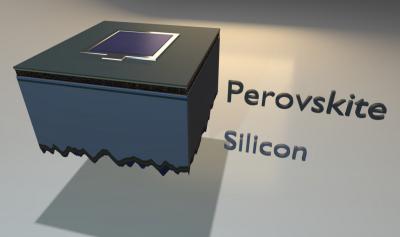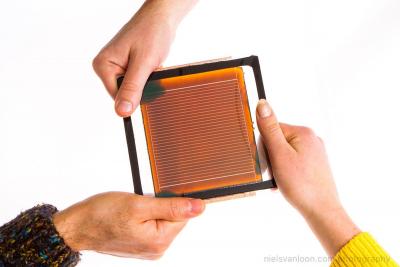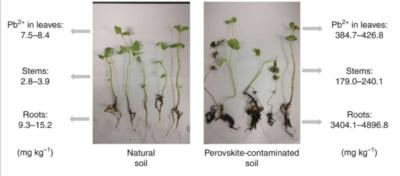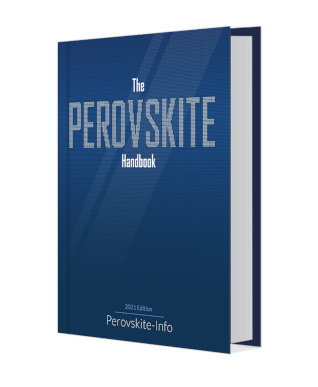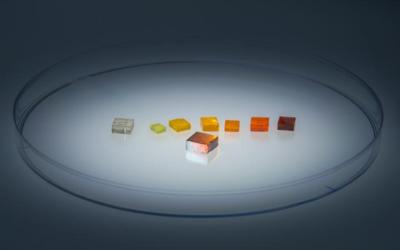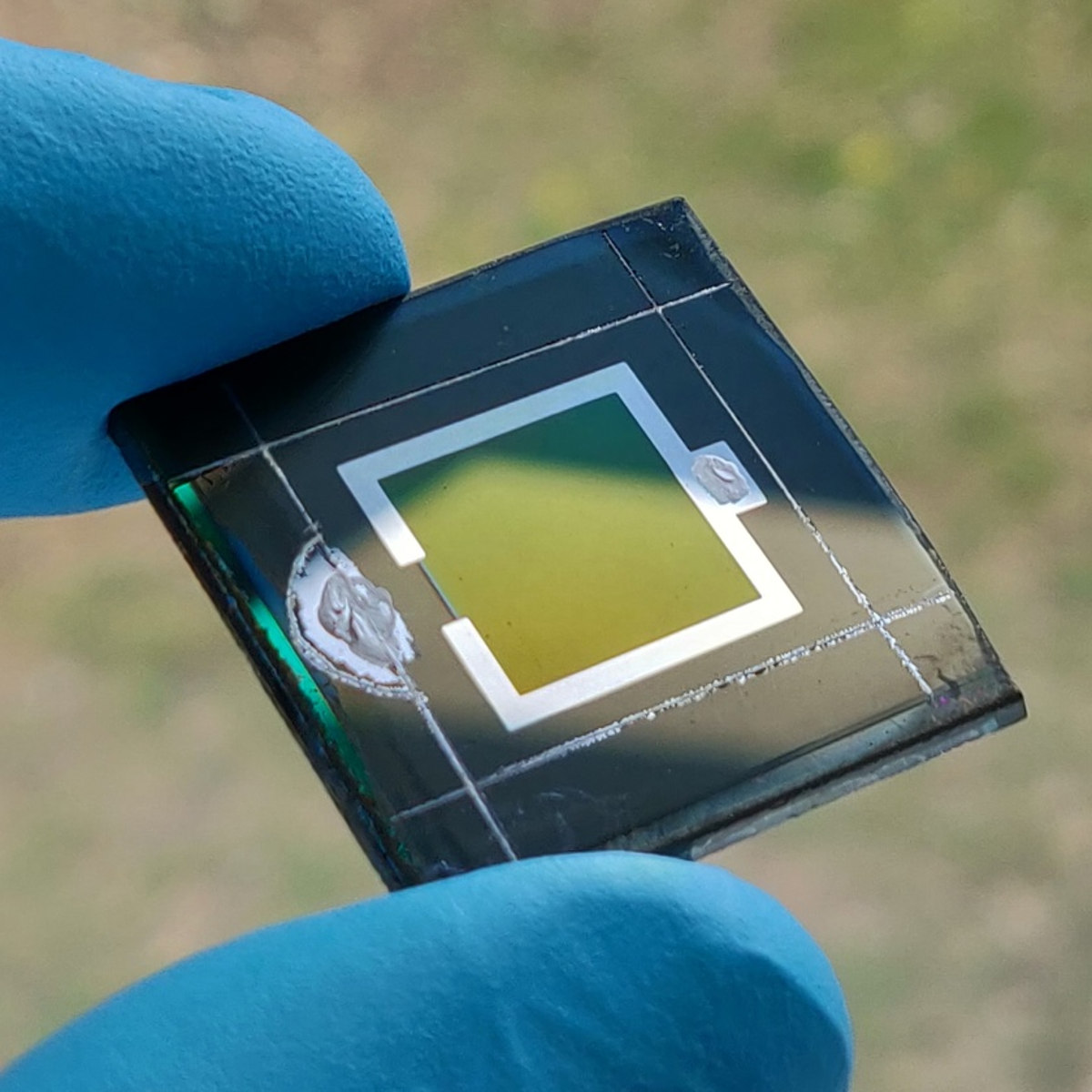New paper announces consensus on the procedures for the testing of perovskite cells
A new paper claims that scientists have reached a consensus on the procedures for the testing of perovskite cells, which they say will lead to better reproducibility and comparability of data produced by different laboratories, and ultimately a better understanding of the degradation pathways affecting perovskite solar cells, and the most effective ways to mitigate them.
Perovskites still have a way to go to convince the PV industry of their potential for long term durability. The class of materials' sensitivity to moisture and other conditions they would be sure to encounter in the field has continued to be a stumbling block.
